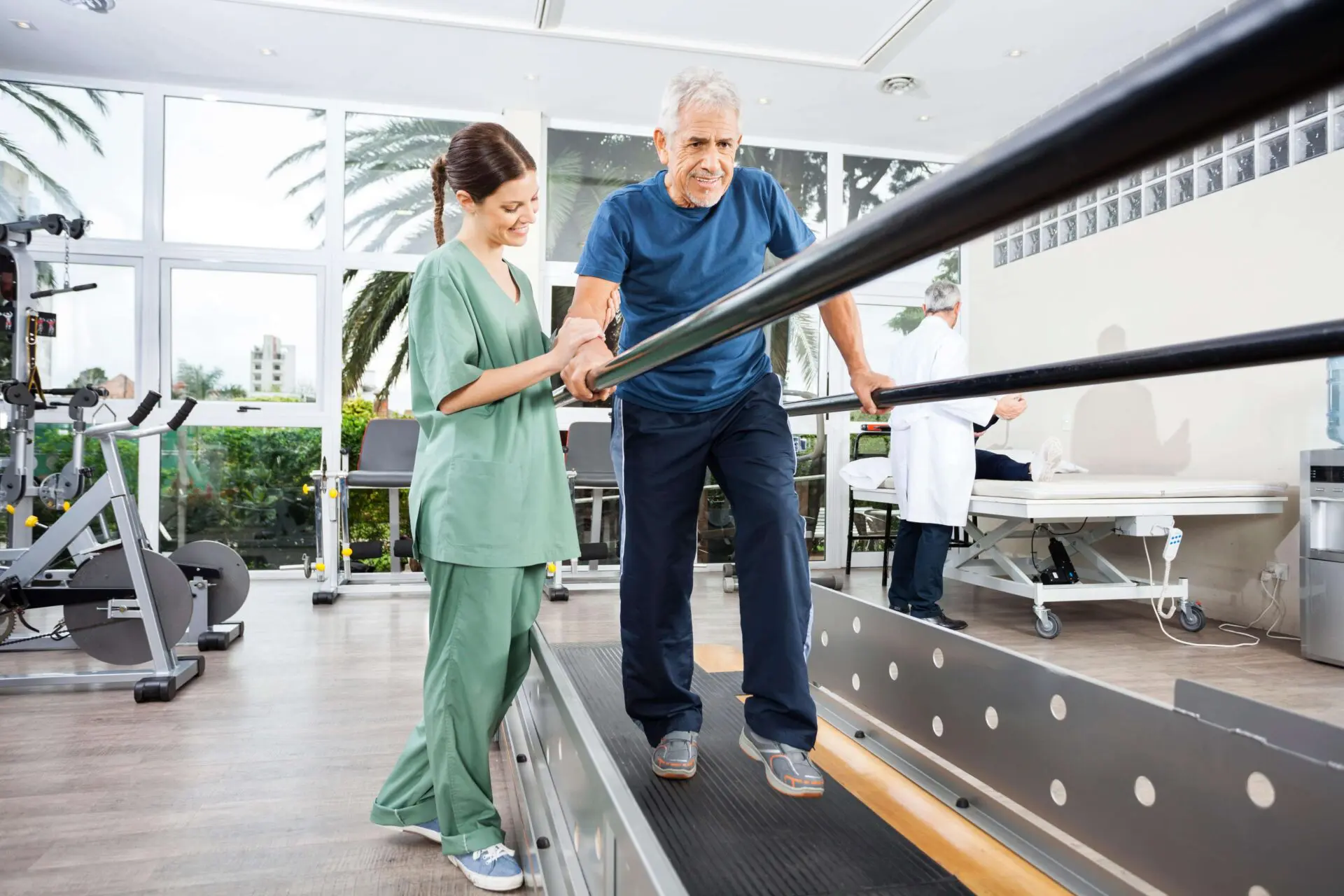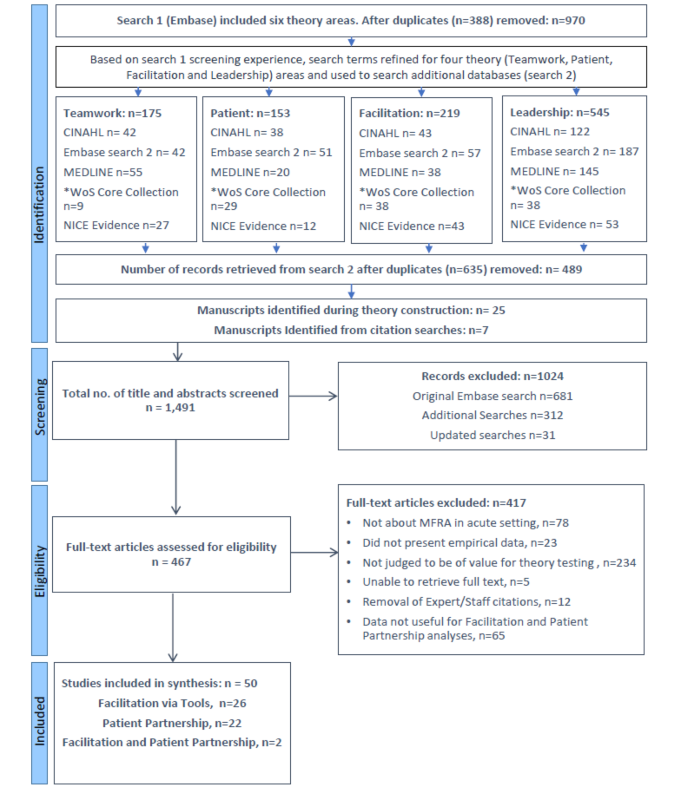Dementia Fall Risk Can Be Fun For Anyone
Wiki Article
Indicators on Dementia Fall Risk You Need To Know
Table of ContentsThe Ultimate Guide To Dementia Fall RiskRumored Buzz on Dementia Fall RiskOur Dementia Fall Risk DiariesRumored Buzz on Dementia Fall Risk
A fall threat evaluation checks to see exactly how most likely it is that you will certainly drop. The analysis usually consists of: This consists of a series of questions regarding your total health and if you have actually had previous drops or issues with balance, standing, and/or strolling.Treatments are recommendations that might minimize your risk of dropping. STEADI consists of 3 steps: you for your threat of falling for your risk elements that can be enhanced to try to protect against falls (for instance, equilibrium issues, damaged vision) to lower your danger of falling by making use of efficient methods (for instance, giving education and learning and resources), you may be asked several questions including: Have you dropped in the previous year? Are you worried about dropping?
You'll sit down once again. Your supplier will certainly inspect for how long it takes you to do this. If it takes you 12 seconds or even more, it might indicate you are at greater danger for a loss. This test checks toughness and balance. You'll sit in a chair with your arms crossed over your breast.
The placements will certainly get more challenging as you go. Stand with your feet side-by-side. Move one foot halfway ahead, so the instep is touching the huge toe of your various other foot. Move one foot totally in front of the other, so the toes are touching the heel of your other foot.
The 5-Second Trick For Dementia Fall Risk
Many drops occur as an outcome of several adding factors; therefore, handling the danger of dropping starts with identifying the variables that add to drop risk - Dementia Fall Risk. A few of one of the most pertinent threat variables consist of: Background of prior fallsChronic medical conditionsAcute illnessImpaired stride and equilibrium, lower extremity weaknessCognitive impairmentChanges in visionCertain risky drugs and polypharmacyEnvironmental elements can likewise enhance the threat for drops, consisting of: Poor lightingUneven or damaged flooringWet or unsafe floorsMissing or harmed hand rails and get barsDamaged or incorrectly fitted equipment, such as beds, wheelchairs, or walkersImproper usage of assistive devicesInadequate guidance of the people staying in the NF, including those that display aggressive behaviorsA successful fall threat administration program needs a complete clinical evaluation, with input from all members of the interdisciplinary group

The treatment plan ought to additionally consist of treatments that are system-based, such as those that promote a risk-free atmosphere (appropriate illumination, hand rails, grab bars, and so on). The effectiveness of the interventions ought to be examined periodically, and the care strategy revised as needed to show adjustments in the fall risk evaluation. Implementing an autumn risk administration system utilizing evidence-based ideal method can decrease the prevalence of drops in the NF, while limiting the possibility for fall-related injuries.
Dementia Fall Risk for Beginners
The AGS/BGS standard suggests evaluating all grownups matured 65 years and older for autumn danger annually. This screening is composed of asking individuals whether they have dropped 2 or even more times in the past year or looked for medical focus for a fall, or, if they have actually not fallen, whether they feel unstable when walking.People that have dropped when without injury must have their equilibrium and stride assessed; those with stride or equilibrium abnormalities should receive added assessment. A background of 1 fall without injury and without stride or check that balance troubles does not necessitate further evaluation beyond continued yearly autumn risk screening. Dementia Fall Risk. A loss threat evaluation is needed as part of the Welcome to Medicare assessment

Dementia Fall Risk Fundamentals Explained
Documenting a falls history is just one of the high quality signs for autumn avoidance and management. An essential component of threat evaluation is a medicine testimonial. Several classes of medications raise loss risk (Table 2). Psychoactive medications specifically are independent predictors of drops. These drugs often tend to be sedating, change the sensorium, and hinder balance and stride.Postural hypotension can commonly be eased by decreasing the dose of blood pressurelowering medicines and/or stopping medications that have orthostatic hypotension as a negative effects. Usage of above-the-knee support tube and resting with the head of the bed boosted may additionally minimize postural reductions in high blood pressure. The recommended components of a fall-focused checkup are revealed in Box 1.

A yank time greater than or equal to 12 seconds recommends high autumn threat. The 30-Second Chair Stand examination examines check that reduced extremity strength and balance. Being incapable to stand up from a chair of knee height without using one's arms shows boosted fall risk. The 4-Stage Equilibrium test evaluates fixed balance by having the patient stand in 4 placements, each considerably much more challenging.
Report this wiki page